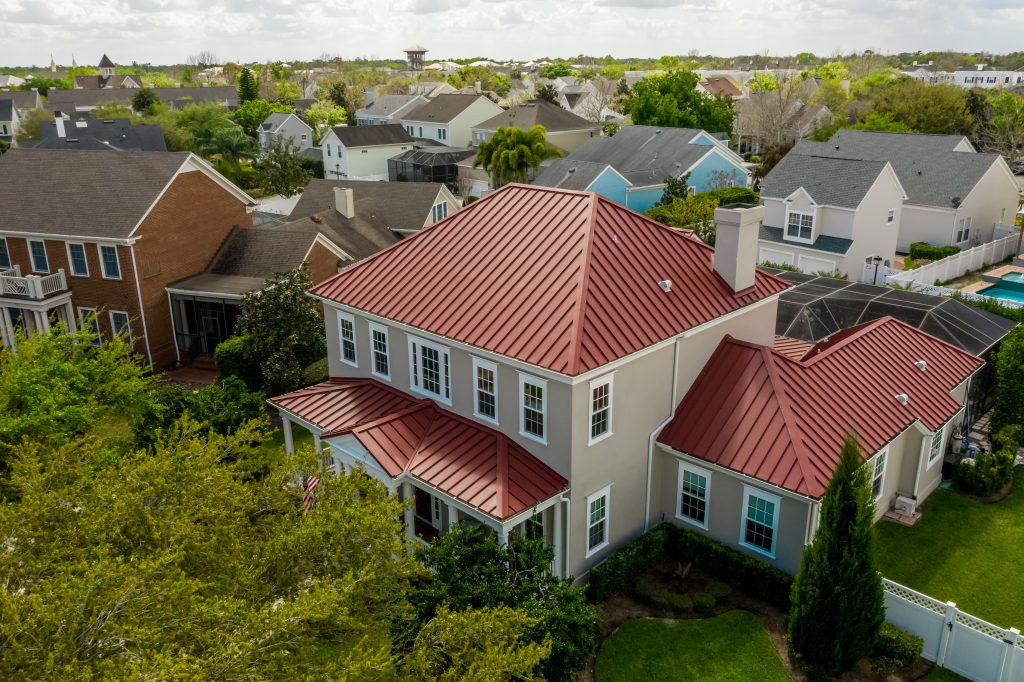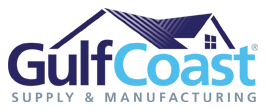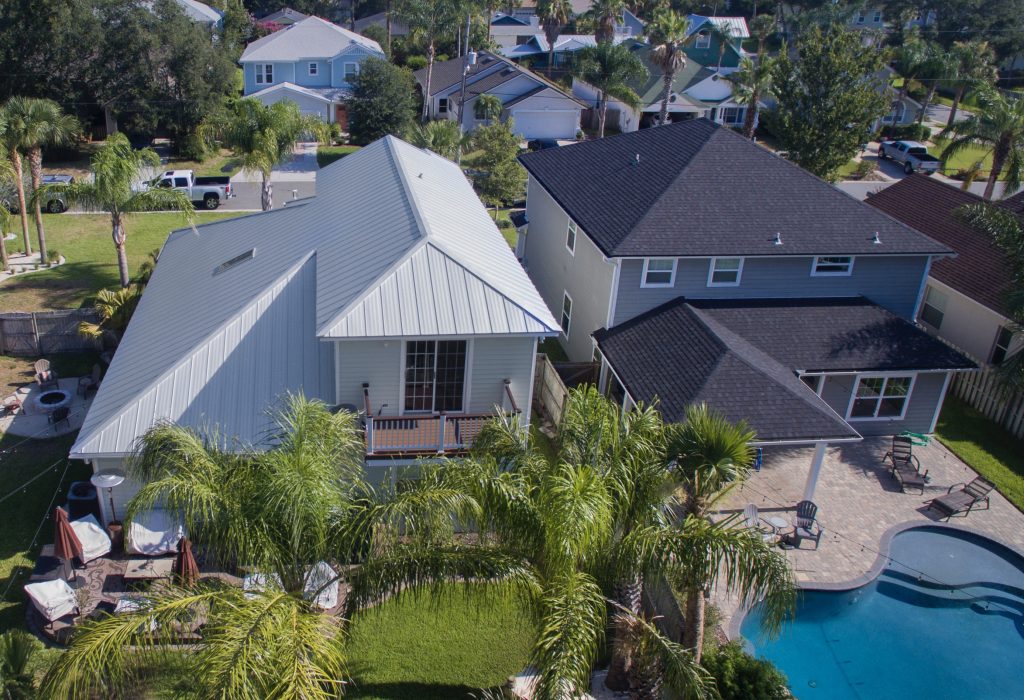When it comes to choosing the right roofing material for your home or building, there are two prominent options that stand out: metal roofing and shingles. Both have their distinct advantages and disadvantages, and selecting the right one for your property depends on several factors, including durability, cost, appearance, and environmental considerations. Understanding the differences between these two roofing materials can help you make an informed decision that aligns with your specific needs. This blog aims to compare metal roofing and shingles across several key factors, allowing you to weigh the pros and cons before making a choice.
Durability and Lifespan
One of the most important aspects of any roofing material is its durability and lifespan. A roof is a significant investment, and you want to ensure that it will last and provide reliable protection for years to come. Metal roofs are renowned for their impressive longevity, with a lifespan that typically ranges from about 40 to 60 years, depending on maintenance and the material–steel, aluminum, or copper. They are particularly strong against wind, fire, hail, and extreme weather conditions, making them a suitable choice for areas prone to harsh climates. Additionally, metal roofs require minimal maintenance over their lifespan. Regular inspections and cleaning are generally all that’s needed to keep a metal roof in top condition.
Shingle roofs, on the other hand, typically have a shorter lifespan, ranging from 15 to 20 years, depending on the type of shingles used—whether asphalt, wood, or composite. While shingles are a cost-effective roofing option, they are more vulnerable to damage from high winds, hail, and UV rays. Over time, shingles can crack, curl, or lift, particularly in extreme weather conditions, and they often require more frequent repairs or replacements compared to metal roofing. The maintenance required for shingle roofs can be more time-consuming and expensive, as they often need regular inspections and repairs to ensure they continue to perform well.
Cost
Cost is another critical factor when choosing between metal roofing and shingles. Many homeowners are initially drawn to shingles due to their lower upfront cost, but it’s essential to consider both short-term and long-term costs when making a decision. The initial cost of metal roofing is higher compared to shingles. However, metal roofing can save you money over the long term due to its durability and minimal maintenance needs. Since metal roofs last significantly longer than shingle roofs, homeowners may find themselves saving on repair and replacement costs. Furthermore, metal roofs are often more energy-efficient, particularly in warm climates. Many metal roofing materials have reflective properties that help reduce cooling costs by reflecting heat away from the home. This can lower your energy bills in the summer months and make your home more comfortable without relying heavily on air conditioning.
Shingles are more affordable upfront, making them an attractive option for those on a tight budget. The lower initial cost of shingles is a primary reason they remain popular, especially for short-term projects or budget-conscious homeowners. However, the lower initial cost can be offset by higher long-term expenses. Since shingles have a shorter lifespan and are more susceptible to damage, they may need more frequent repairs and eventual replacement. Over time, these additional costs can add up, making shingles a less cost-effective option in the long run compared to metal roofing. Shingles are also not as energy-efficient as metal roofs, often requiring more energy to cool a home due to their lower reflectivity.
Sustainability
In today’s world, environmental sustainability is becoming an increasingly important consideration for homeowners when making choices about building materials. One of the major environmental benefits of metal roofing is its recyclability. Metal roofs are fully recyclable at the end of their lifespan, meaning they won’t contribute to landfill waste when they are replaced. Many metal roofing materials are also made from recycled content, making them more sustainable from the outset. In addition to being recyclable, metal roofs are highly energy-efficient. The reflective coatings on metal roofing help reduce the need for air conditioning, leading to lower energy consumption and a reduced carbon footprint.
Shingles, particularly asphalt shingles, have a greater environmental impact than metal roofing. Asphalt shingles often end up in landfills when replaced, contributing significantly to waste. Additionally, the production of asphalt shingles requires the use of petroleum, a nonrenewable resource, which has environmental consequences. While some types of shingles can be recycled, the process is less common than with metal roofing, and the recycling rates for shingles are still lower. Because shingles are less energy-efficient, homes with shingle roofs may require more energy for heating and cooling, further contributing to environmental strain.
Weather Considerations
The ability of a roof to withstand various weather conditions is a crucial consideration when selecting roofing material. A roof must be able to protect the home from the elements and keep the interior dry and secure. Metal roofs perform exceptionally well in various weather conditions. They are highly resistant to wind, rain, snow, and fire, offering superior protection compared to shingles. In areas prone to heavy snowfall, metal roofs are particularly advantageous because their smooth surface allows snow to slide off easily, preventing snow buildup that could cause damage. Additionally, metal roofs can help prevent ice dams, a common issue for homes in colder climates. Because metal roofs are resistant to fire, they also provide an added layer of security in areas at risk of wildfires.
Shingle roofs, while reliable in mild weather conditions, can be vulnerable to more extreme elements. High winds can lift shingles or cause them to curl or break, leaving the roof vulnerable to water leaks. Shingles can also be damaged by hail, and UV rays from the sun can cause them to degrade over time. In snowy areas, shingle roofs may struggle to shed snow, which can add weight to the roof and lead to potential structural issues. Furthermore, shingles are more susceptible to fire damage compared to metal roofs, which can be a significant concern in fire-prone areas.
Summary
If you are looking for a roof that will provide long-lasting protection, energy savings, and minimal maintenance, metal roofing is an excellent option. It’s ideal for homeowners who plan to stay in their homes for many years and want a durable, eco-friendly solution. On the other hand, shingles are a budget-friendly option for those with shorter-term roofing needs or who prefer a traditional look. Shingles are easier to install and more affordable upfront, making them a good choice for those on a tight budget. However, they do require more maintenance and may need to be replaced sooner than a metal roof.


